In this guide, we’ll share some valuable tips to help you move your piano with ease and safety.
Tips for Moving Your Piano Safely
Prepare Your Piano for Moving
Before you move your piano, it’s important to prepare it for transportation. Follow these steps to prepare your piano for moving:
- Secure the piano lid - If your piano has a lid, make sure to secure it with a locking strap. This will prevent the lid from opening during transportation, which could cause damage to the instrument.
- Remove all loose parts - Remove all loose parts such as music stands, pedals, and other detachable items from the piano. Wrap them in bubble wrap or packing paper and store them in a separate box.
- Protect the piano keys - Cover the piano keys with a soft cloth to protect them from scratches or damage during transportation.
- Wrap the piano - Use moving blankets or a specialized piano cover to wrap the piano securely. This will protect the piano from scratches or damage.
Choose the Right Moving Equipment
When moving a piano, it’s essential to use the right equipment to prevent injury and damage to the instrument. Here are the essential moving equipment you’ll need:
- Piano dolly - A piano dolly is a specialized hand truck that is designed to move heavy objects like pianos. It has a set of wheels that make it easy to transport the piano
- Moving straps - Moving straps are essential to secure the piano on the dolly and prevent it from moving during transportation
- Furniture blankets - Furniture blankets will protect your piano from scratches and damage during transportation.
Hire a Professional Piano Mover
Moving a piano is a complex task that requires experience and expertise. If you’re not confident in your ability to move your piano, we recommend hiring a professional piano mover like Gilbert Piano Movers. Our team of expert piano movers has the skills and experience to move your piano safely and efficiently.
When you hire Gilbert Piano Movers, you can rest assured that your piano will be in good hands. We use the latest equipment and techniques to ensure the safe transportation of your instrument.
Conclusion
Moving your piano can be a daunting task, but with the right preparation and assistance, it can be done safely and effortlessly. Follow the tips outlined in this guide to ensure the safe transportation of your instrument.
If you’re looking for a reliable and professional piano moving company, contact Gilbert Piano Movers at 480-386-1783. Our team of expert piano movers will help you move your piano with ease and safety.


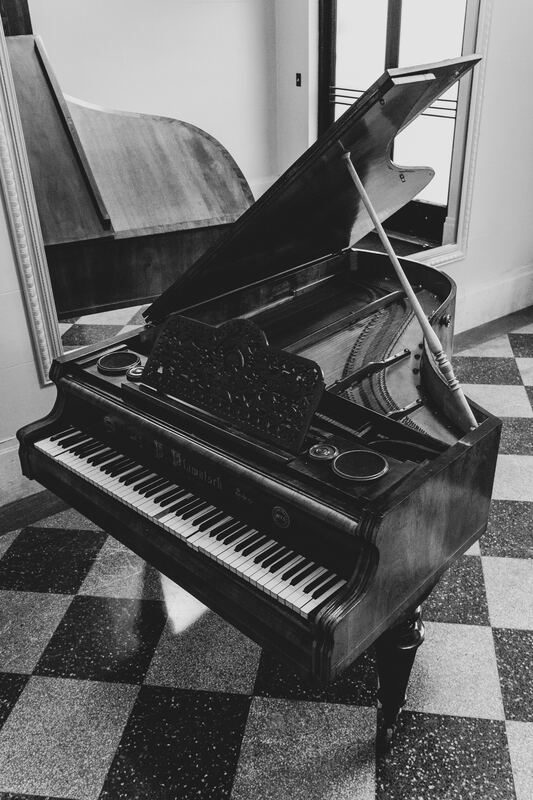

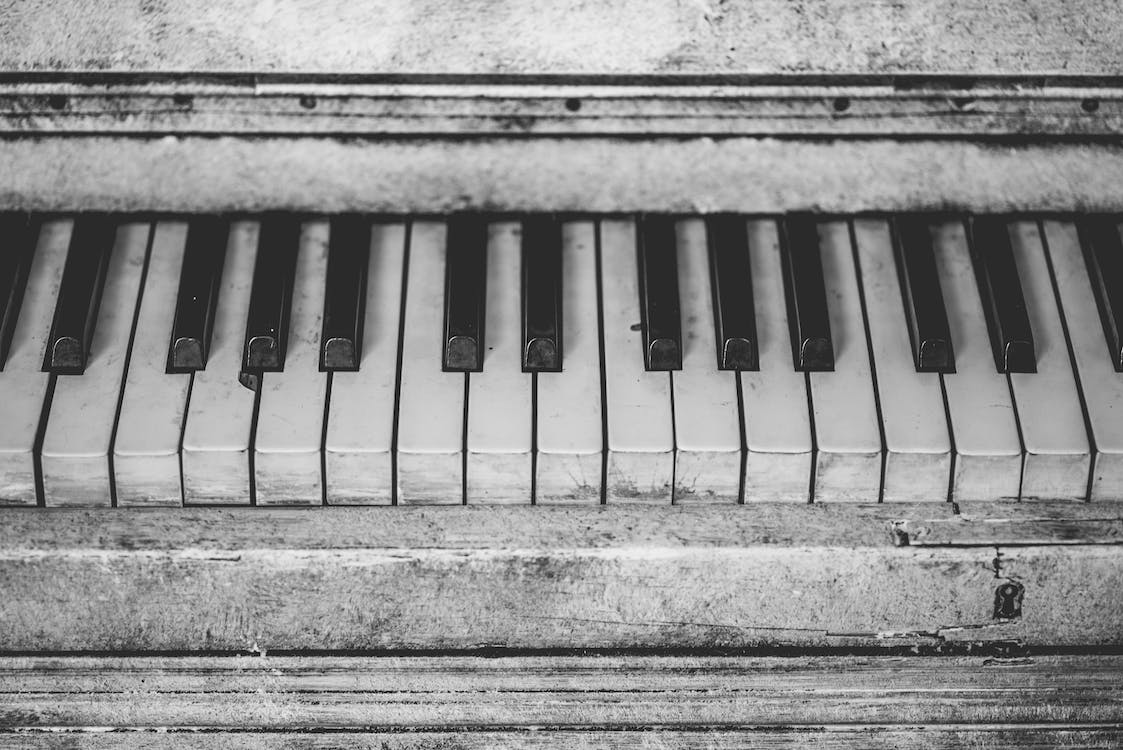

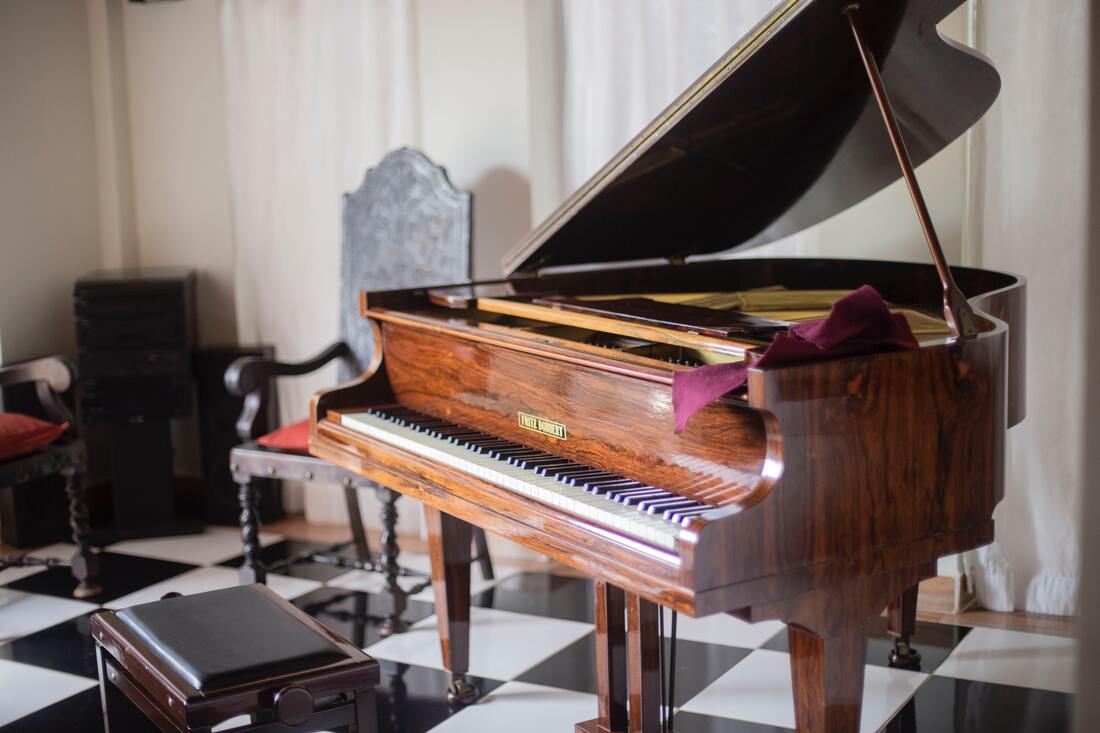
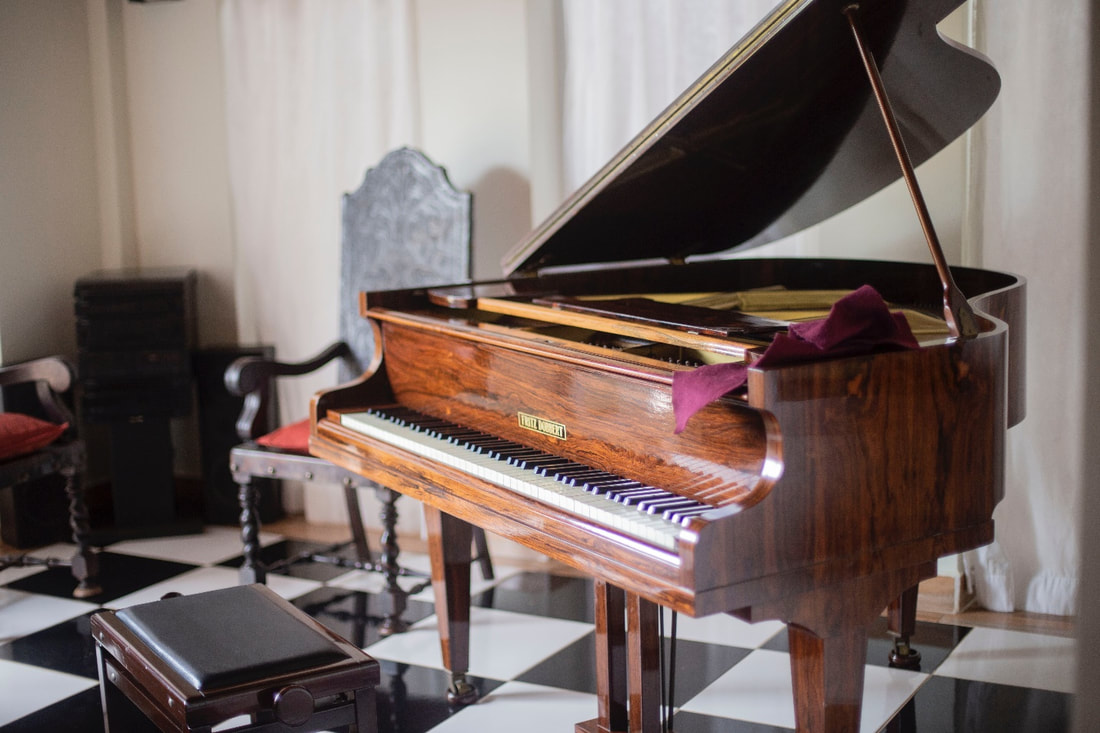
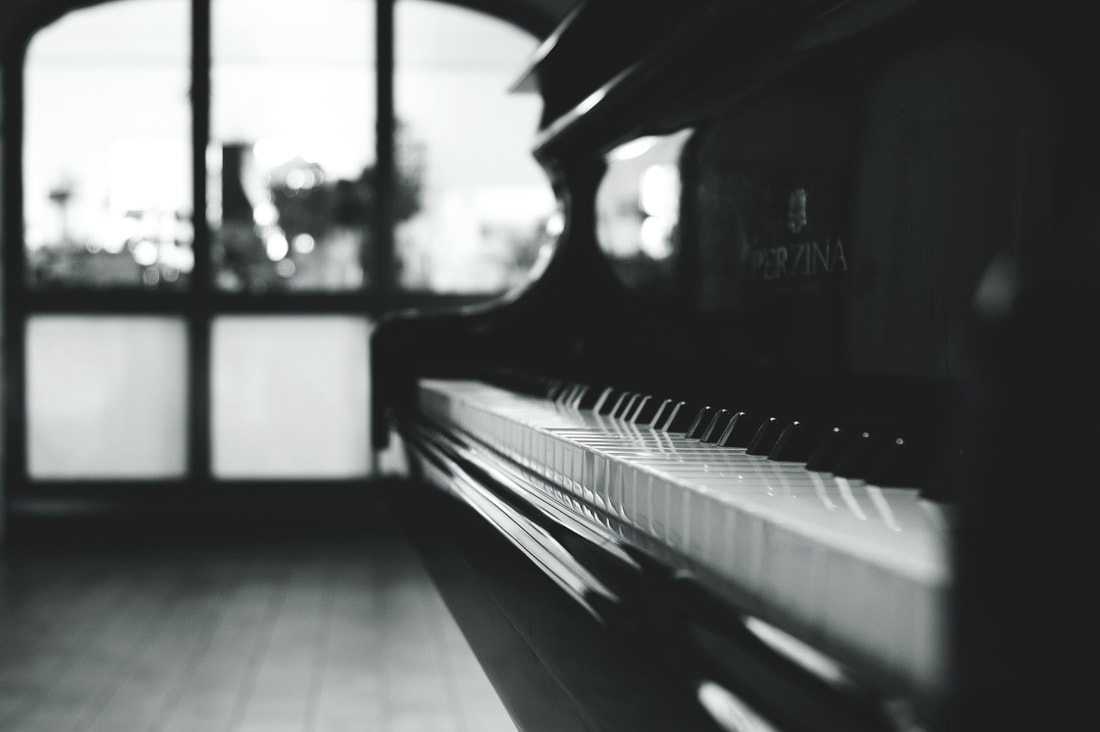
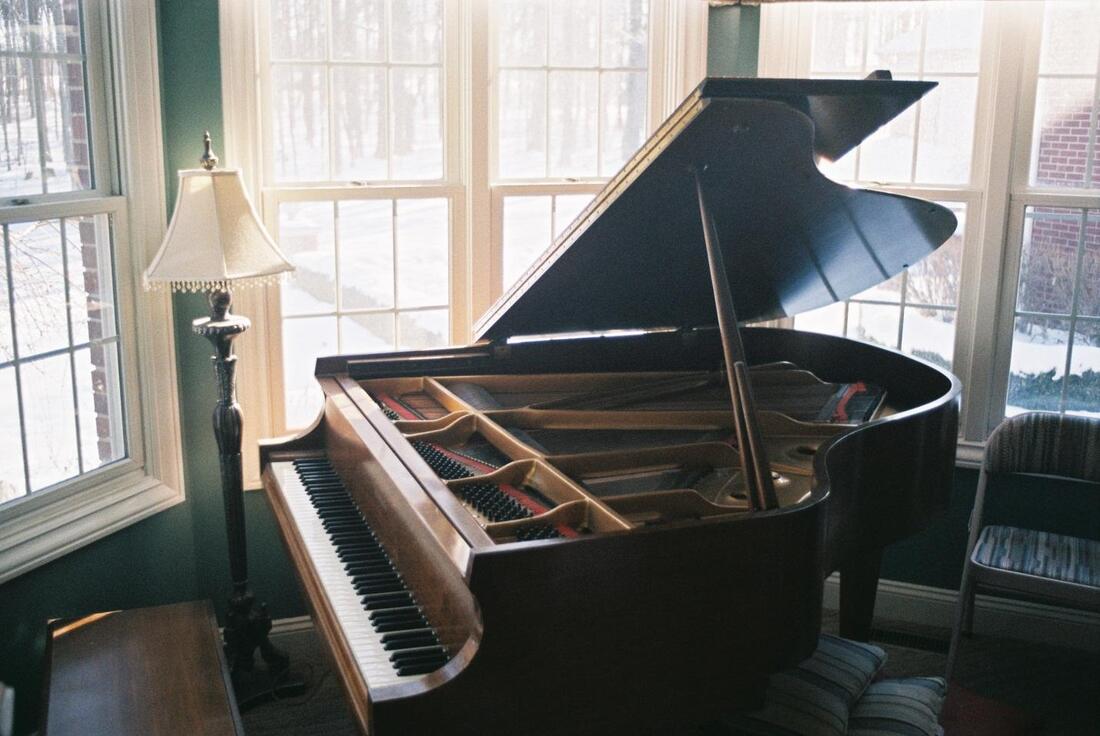
 RSS Feed
RSS Feed